As we’ve already documented several of the popular tourist traps present in America, we’ll now shift our focus across the Atlantic to the Old World, namely Europe. In contrast to the United States, Europe has several millennia of documented history. It proudly wields a rich cultural legacy that migrated across oceans, via European imperialism, to discover fertile ground in the Americas and Oceania. It consequently receives an annual deluge of international tourists. In 2023, for instance, it’s been approximated that roughly 700 million world citizens visited the subcontinent.
The presence of salient cultural artifacts, the rich architecture, and the diaspora of distinct cultures; all intersect to creative attractive destinations for visitors to Europe. As with any locale, however, there are sites that may fail to meet expectations, or are too exorbitantly expensive or crowded to fully appreciate. The same truth applies to Old Europe. Though the destinations cited are certainly worthy of a visit, either for novelty or historical resonance, they’re nevertheless somewhat exploitative of the benign interests of their visitors. In consonance with that, here are 10 tourist traps in Europe that you may want to reconsider visiting, or at the very least reconsider how much time to dedicate to them.
Mona Lisa
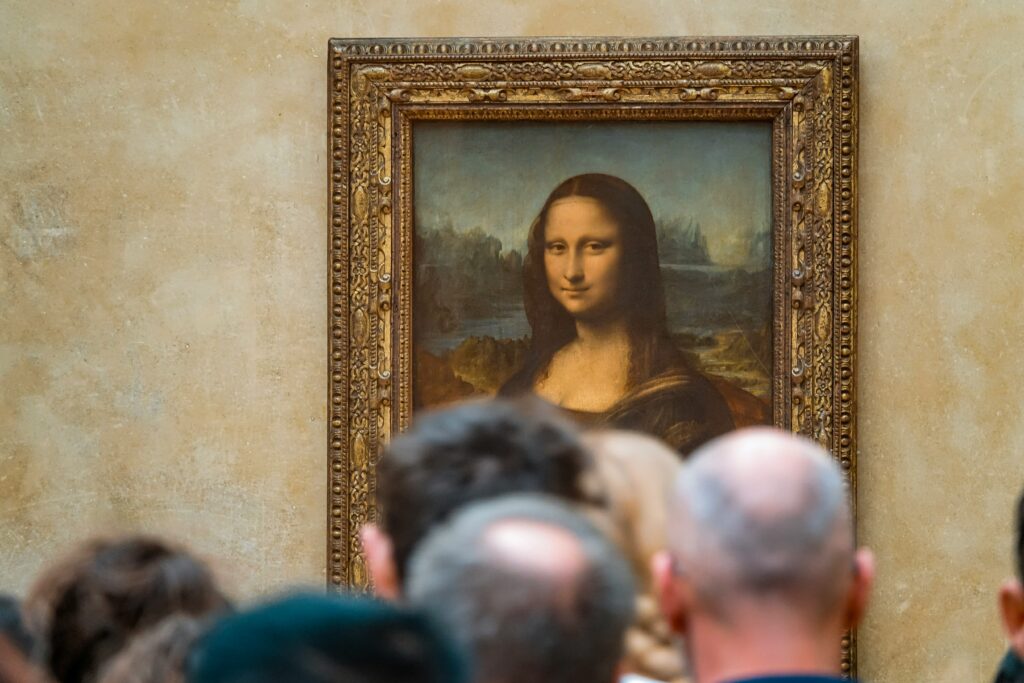
Location: Paris, France
History: Painted by the quintessential “Renaissance Man,” Leonardo da Vinci, the mysterious portrait of the “Mona Lisa” has remained a seminal piece of artwork in Western history, resiliently retaining its peculiar cultural appeal. Painted between 1503 and 1519, it remained a prized possession of the French Royal Family, the Bourbons, for centuries. During the French Revolution, which toppled the French ruling dynasty, the Mona Lisa was separated from its resting ground at Versailles and briefly adorned the wall of Napoleon Bonaparte’s bedroom; before ultimately being displayed at the Louvre.
From its inception, the Mona Lisa has been a curious portrait. Painted in the image of an Italian noble-lady, Lisa del Giocondo, she nevertheless wears little of the garb traditionally associated with nobility. Her social status is notably concealed, her wardrobe being neither flamboyant nor lavished with myriad accessories. Instead, Mona Lisa is dressed in staid simplicity, evoking more the temperament of a Puritan than a wealthy Italian patrician. Moreover, Mona Lisa’s enigmatic gaze, her circumscribed smile, have further added to the mystique surrounding the painting.
Trap-o-meter: Most viewers leave the Mona Lisa feeling distinctly underwhelmed. Ensconced in a protective frame at The Louvre, the Mona Lisa expectedly draws hordes of people. The museum is less a place of reflection and serenity, than a demonstration of crowd control. The Mona Lisa itself, moreover, is a relatively diminutive painting, difficult to adequately view amongst throngs of tourists. The closest one can view the painting is at a distance of 3 feet, there is an admission fee to the museum, and ultimately, the portrait itself is somewhat generic. Ultimately, the experience of viewing the Mona Lisa isn’t as exhilarating as it might sound.
Leaning Tower of Pisa
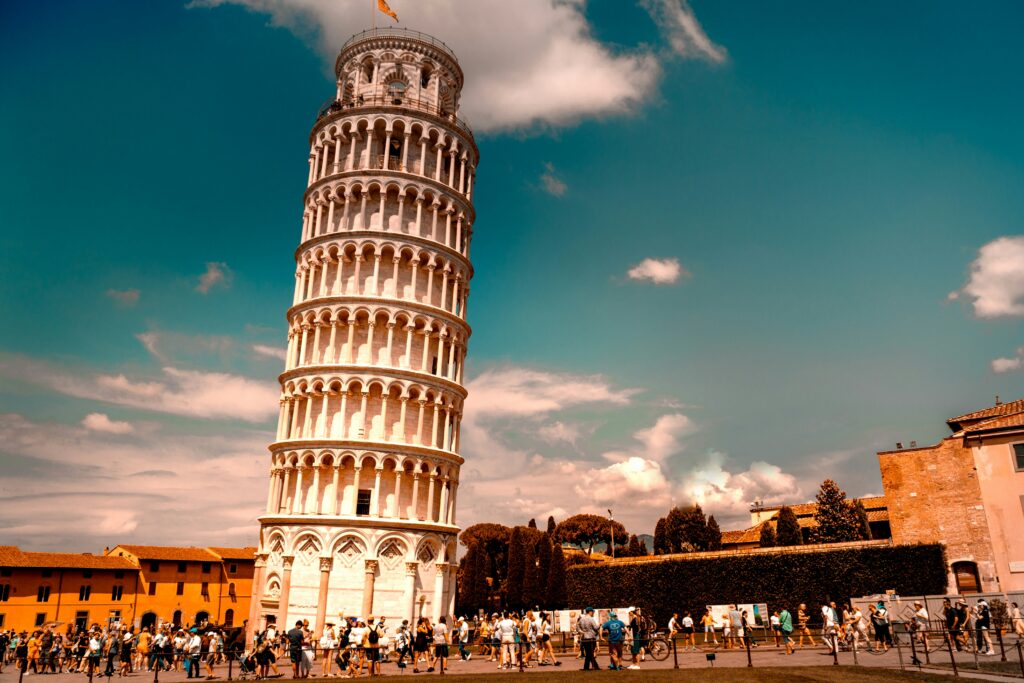
Location: Pisa, Italy
History: The Leaning Tower of Pisa is a medieval structure contemporarily known for its unsettled foundations, which caused it to infamously lean to the side, as opposed to standing perfectly vertical. Initially conceived as a bell tower to formalize the city’s cathedral complex, eight stories of it had already been constructed before the soft ground holding the building’s substructure had been discovered. As regularly transpired in the 12th century, a trivial outbreak of war broke out between the Italian city-states shortly afterward, delaying completion of the building for almost another century. This protracted, unfortunate pause, allowed the tower’s foundation to settle; leaving it in its present, slightly irregular state.
Trap-o-meter: It’s astonishing what a slight acute angle can accomplish for a building’s popularity! The town of Pisa itself is actually fundamentally more interesting than the queer tower that often announces its fame. During the 11th and 12th centuries, Pisa was a flourishing center for commerce, ideally situated along the Arno and trading regularly with Florence and Venice. While its prominence dissipated in time, it still has nonetheless left a rich cultural legacy. The “Leaning Tower,” is one of them, but it is hardly the only relic that serves as a testament to the city’s vibrance.
Blarney Stone
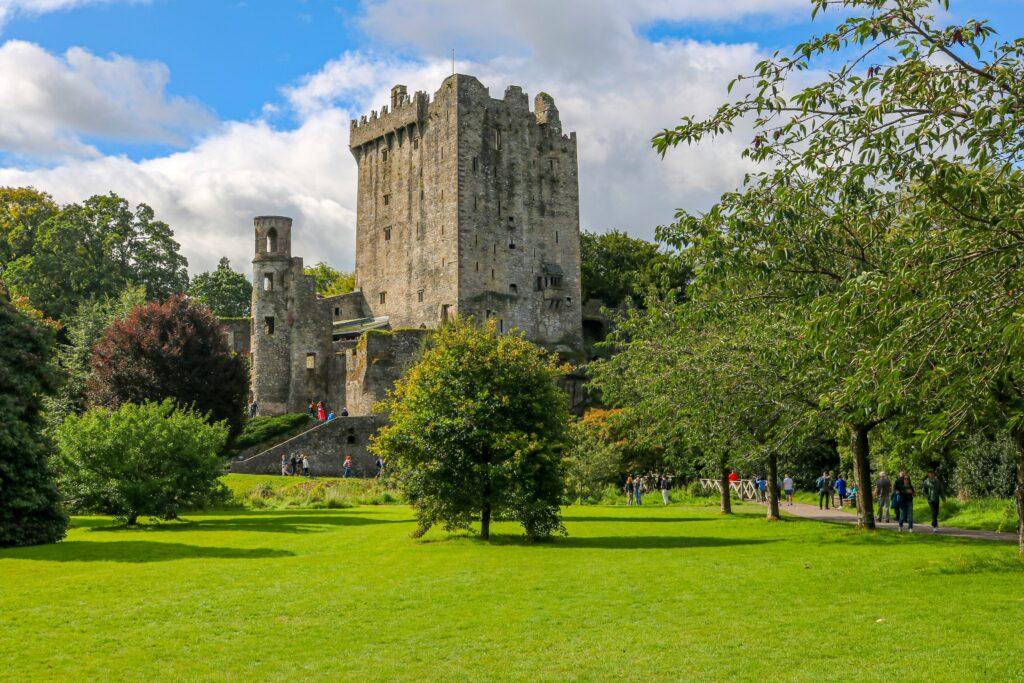
Location: Cork, Ireland
History: The Blarney Stone, located in Cork County, Ireland, has myriad tales surrounding its legend and purported magical powers. Among other things, it is said to endow folks with persuasive powers, the gift of nuance and wit. Long-owned by the MacCarthy clan, the “Blarney Stone” began to gain cultural resonance during the reign of Queen Elizabeth I, whose predations on the County of Cork were often waylaid by unseen rhetorical gifts. There are numerous other cultural fancies surrounding the stone: It is also said, for instance, it is a stone brought from the Holy Land after the crusades. It all sounds like a load of “blarney,” but alas, the stone is a popular tourist destination.
Trap-o-meter: The gardens surrounding Blarney Castle, as well Blarney Castle itself, are of far more interest than the novel action of kissing an obscure stone. When one accounts for the miasma of tourists, the wait-time to reach the actual Blarney Stone, the hygienic considerations of kissing a stone teeming with human saliva or the safety considerations of hanging off a castle wall to do so; the effort doesn’t seem entirely worth it. As alluded to earlier, your time is far better invested in viewing the beautifully cultivated and well-maintained grounds surrounding Blarney Castle. You can discover a more edifying way of developing your powers of persuasion if you elect to “pass” on the Blarney Stone.
Buckingham Palace Guard
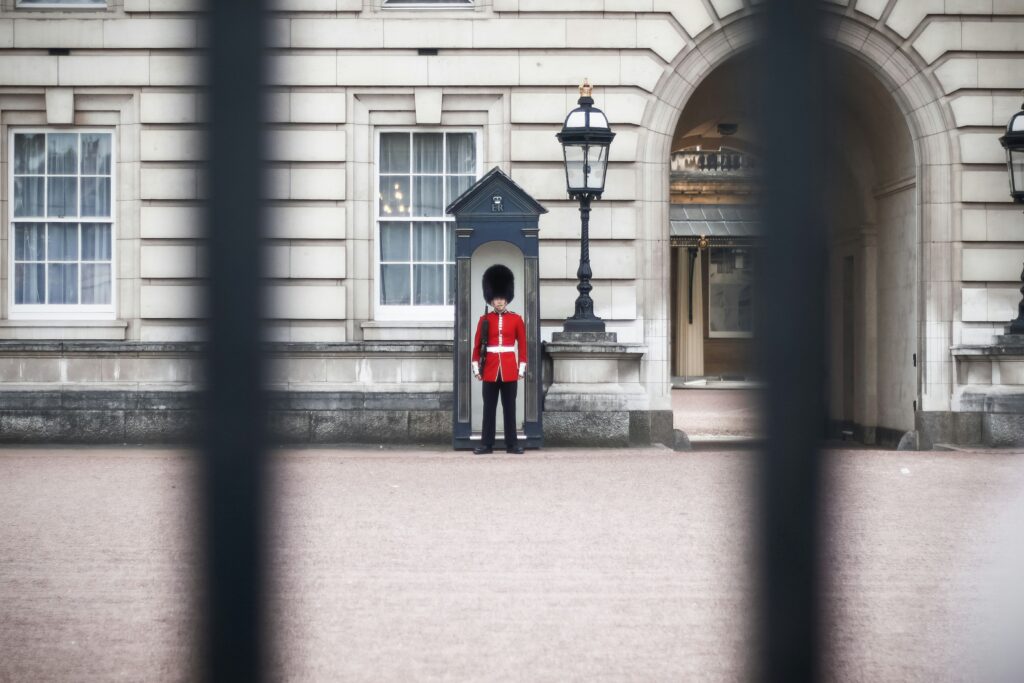
Location: London, England
History: The “changing of the guard” has been a traditional monarchical ceremony in Britain since 1660, viewed at both Buckingham Palace and Windsor Castle. Performed by soldiers on active duty ornamented in conspicuous bearskin hats and red tunics, the rite consists of an exchanging of the “Old Guard” currently on duty, and the “New Guard” freshly commissioned for service. Accompanied by a military band, the ritual is keenly observed by tourists and citizens alike.
Trap-o-meter: As a planned ritual, the “Changing of the Guard” attracts visitors who have planned ahead and who consequently arrive early for an ideal viewing space. If you lack punctuality or are not overly fond of crowds, then observing this British tradition may not suit your palate. Still, it is cost-effective, there is a degree of novelty in viewing history displayed before you, and the pageantry can be delightful. While it will not necessarily overwhelm you with wonder, there are far worse “tourist traps” to engage in.
Abbey Road
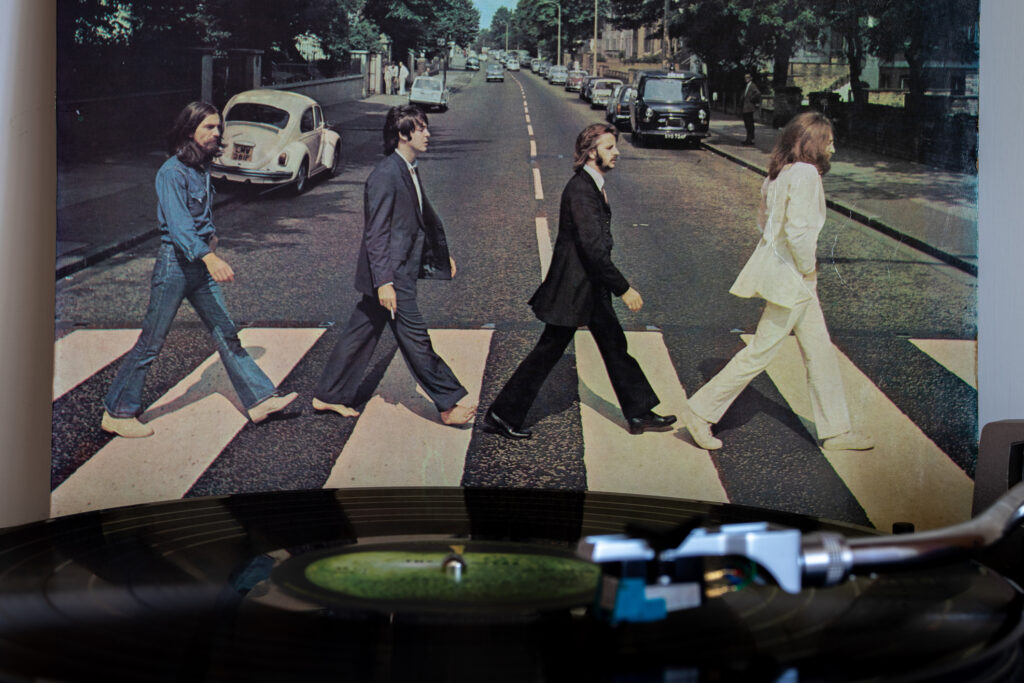
Location: London, England
History: The notable history associated with Abbey Road is limited. Its notoriety was primarily achieved as a result of a prosaic photo of the legendary rock band, The Beatles, monotonously walking along the Abbey Road zebra crosswalk. It was featured eponymously on The Beatles’ 11th studio album, Abbey Road. Photographed by Ian Macmillan, he reportedly took six photos of the band crossing the street, ultimately selecting the one that featured all of them walking in sync. It has become one of the most famous album sleeves of all-time.
Trap-o-meter: While you’re unlikely to snap a photo of you or your friends solitarily mimicking the famed strides of The Beatles, visiting Abbey Road – as well as the nearby Abbey Road Studios – can be a pleasant experience. Especially if you’re an ardent Beatles fan, it can certainly constitute a pilgrimage site on your journey. As with any tourist trap, however, expect crowds, noise and traffic. And, if you’re one for perspective-taking, attempt to ignore the fact that Abbey Road is still a relatively anodyne street; meant for the practical utility of transferring people from one point to the next, rather than a cultural wonder to be celebrated.
Red Light District
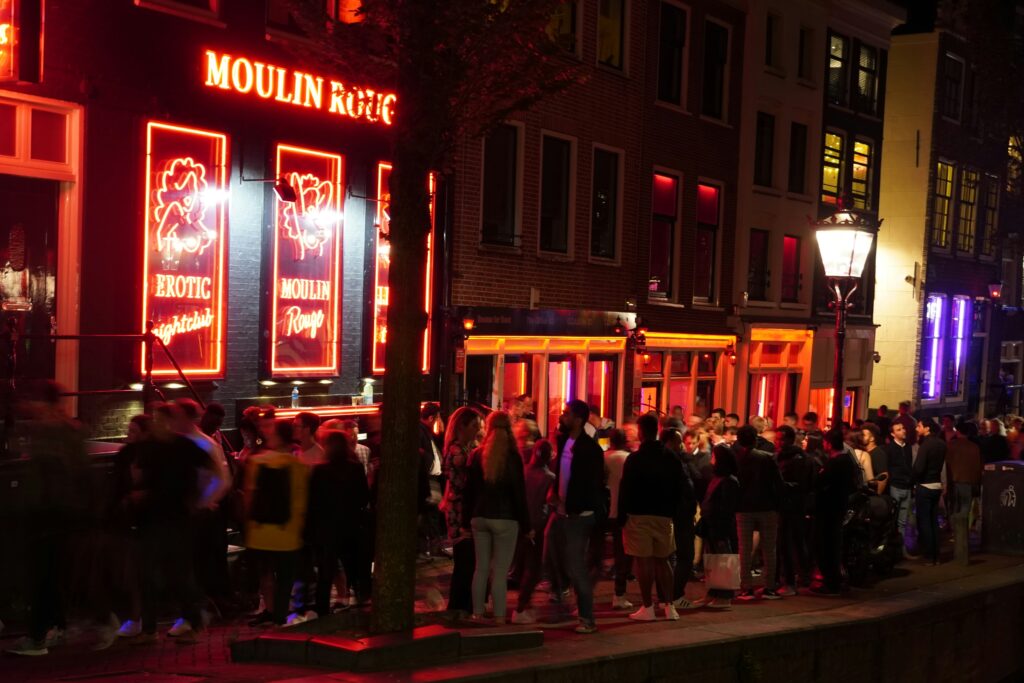
Location: Amsterdam, The Netherlands
History: The “Red Light District” is known around the world as one of the epicenters of hedonism. Also referred to as “De Wallen,” it is home to the world’s oldest profession. Located in The Netherlands, the district was originally close to the harbor, making it an ideal location for sailors and traders to patronize women of the night. It is nearly 800 years old and expanded as the influence of the Dutch trading empire expanded. As a consequence, the “Red Light District” became increasingly crime-ridden and overcrowded, a tenement for indulgence and vice.
With the legalization of sex work, the Red Light District became a less illicit place. As it is located in the city center of Amsterdam, it is also home to a wealth of museums and historic sites. Ever open-minded, coffee-cannabis houses flourish in the area. The local “New Market” is home to myriad products, including jewelry, fresh produce, artisan crafts and food. Casual bars proliferate. And the ladies are always waiting.
Trap-o-meter: It need not be said that the Red Light District is playground for adults, but it is a playground for adults. Whether one considers it a tourist trap is entirely dependent on one’s proclivities. If you are seeking debauchery in Europe, then the Red Light District should be appealing. It is sleazy, the entire economy seems oriented around cannabis use, and it too draws large crowds. Yet, as mentioned, it is one of the older areas of Amsterdam and if one can filter out the more nefarious elements; there are certainly very scenic areas in and adjacent to “De Wallen.”
La Rambla
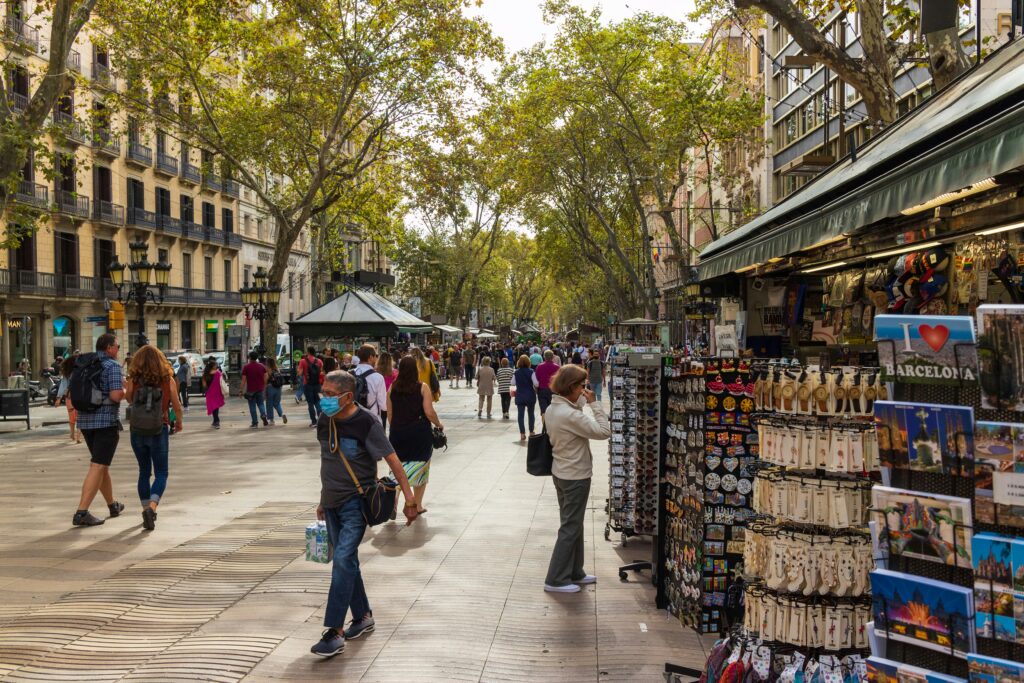
Location: Barcelona, Spain
History: La Rambla is an exuberant boulevard located in Barcelona, Spain, featuring a wide array of captivating architectural sights, jaunty flower-stalls and idiosyncratic human statues. Tapas houses abound, there are gourmet food markets aplenty, and everywhere a rich atmosphere of vitality is present.
La Rambla, which in Arabic translates to “sandy or muddy area,” used to be an open sewer named Riera d’en Malla. During the 15th century, Barcelona was expanded to include the El Ravel district, which meant shifting the stream that channeled through the La Rambla to another waterway, leaving the area largely empty. It was during the 19th century that La Rambla began to flourish, quickly becoming a vibrant commercial space. Where once there existed staid monasteries, the area soon became a prime destination for vendors, restaurants, and all of the travails of modern urban life.
Trap-o-meter: “La Rambla,” similar to Times Square, is certainly an understandable draw for tourists of every stripe. Especially if your party is inclined to shopping or sampling delectable food, enjoying La Rambla can become the centerpiece of an active and convivial day. Still, there is no denying that it is the most popular tourist attraction in Barcelona, and as a consequence, has been somewhat neutered of its distinctive Spanish influence. Natives to Barcelona rarely visit the area anymore, as it has become a place of ill-repute, notorious for its pick-pocketers and overpriced restaurants.
Checkpoint Charlie

Location: Berlin, Germany
History: “Checkpoint Charlie” is the earliest, or at least most widely acknowledged, crossing point between East and West Berlin. It is a monument to the friction imposed by the bellicose undercurrent imposed by the clash between the western democracies of Europe and North America; and the Soviet bloc dominated by the communist state in Russia.
The aftermath of World War II was a fraught environment. It concluded with the Allies advancing swiftly from the West following Normandy, effectively attempting to halt the incursion of their Soviet allies in the East. As the Russians were in a more advantageous position, much of Germany was already disposed of before the Allies could establish order in a disintegrating state. After Yalta, it was determined that Berlin, the capital of Germany, was to be divided in four zones, each occupied by a different conquering power — there was a French zone, a British zone, an American zone and a Soviet zone. As Germany itself would soon be divided between West and East Germany, so too did Berlin.
Nikita Khruschev, the premier of the Soviet Union, in attempt to thwart the throngs of East Berliners fleeing West Berlin for greater freedom; soon erected the Berlin Wall, an enduring symbol of the Iron Curtain and the perils of the forthcoming Cold War.
Trap-o-meter: If you are an ardent appreciator of history, then Checkpoint Charlie may be worth a visit. If, however, you are obtuse to the vicissitudes of the Cold War, or altogether apathetic toward them, it might be judicious to cross “Checkpoint Charlie” off of your sites to see. What remains of the historic viewpoint is minimal, it is teeming with tourists, and is correspondingly swathed in souvenir shops.
There are several museums in the vicinity that offer edification on the Cold War which may be more worthwhile to visit, but apart from that, limit your expectations as to what you will actually experience at the checkpoint, itself.
Romeo and Juliet Balcony

Location: Verona, Italy
History: Verona is a delightful city located in northern Italy that is world-renowned for its romantic atmosphere, primarily due to its inclusion in a famous English play. One of the city’s most famous attractions is “Juliet’s Balcony,” which has enthralled countless visitors over the years. Legend stipulates that “Juliet’s Balcony” is the site where the tragic lovers, Romeo and Juliet, declared their undying love for one another before tragically perishing.
Of course, the play itself is a fiction, so the notion that something remarkable once happened on this otherwise inconspicuous balcony is fallacious. Historically, the balcony is part of the Casa di Guilietta, built in the 13th century and home to the Capello family. In modern times, it has been appropriated as a dedication to Shakespeare’s Romeo and Juliet.
Trap-o-meter: Well, first and foremost, Romeo and Juliet is a fictional drama written by an English playwright, William Shakespeare. The castle’s legend is thus grounded in literature, as opposed to history, and is thus a consummate tourist trap. There is literally no connection between the balcony described in Shakespeare’s play and the balcony you will view at this castle. The balcony, moreover, was not actually even added to the original castle till 1936, when I’d imagine the Tourist Board of Verona decided to capitalize on its literary fame. Similar to Beatles fans including “Abbey Road” on their pilgrimage, “Juliet’s Balcony” might offer a peculiar amusement for fans of “The Bard”; but, if you are not one, you’re likely to find the destination charmless and superficial.
The Hofbrauhaus
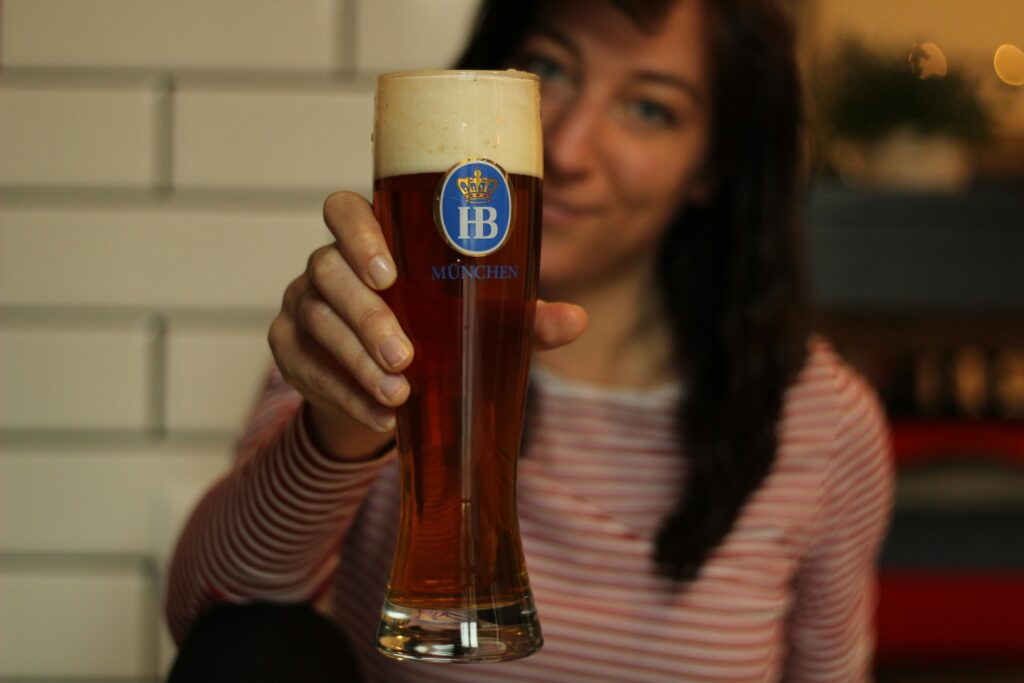
Location: Munich, Germany
History: The Hofbrauhaus was founded on September 27. 1850, in order to exclusively supply beer to the Bavarian Court. In 181, King Ludwig I married his first bride, Therese, culminating in the eventual celebration of what we know call Oktoberfest. Later during his reign, King Ludwig open the doors of Hofbrauhaus to all citizens of Munich.
From its rudimentary beginnings, the Hofbrauhaus has expanded to include many countries across the world. They stand as a symbol of the Bavarian way of life, proudly serving the beer they initially conceived centuries ago.
Trap-o-meter: While many enjoy the convivial atmosphere offered by the Hofbrauhaus in Munich, much of the experience can be left wanting. As with any popular tourist destination, it can become stiflingly crowded, which can sometimes be exacerbated by some of the gleefully inebriated visitors. The focus seems to be more oriented around volume, rather than an offering a unique and memorable customer experience. A local beer garden might be more appreciated alternative if you’re in Bavaria.
For additional articles on traveling, reference the following articles:

